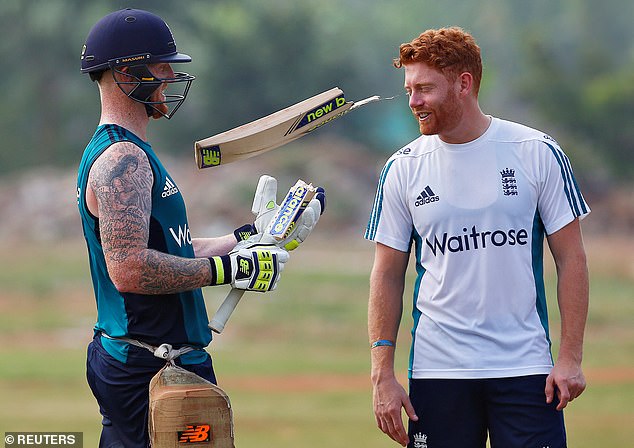Cricket Bat Shortage: The Silent Crisis
A common complaint during the recent series between England and India was about the quality of the Dukes ball. However, an equally pressing issue has emerged—a “cricket bat emergency.”
Not Enough Trees
The crux of the problem is a shortage of the right kind of trees needed to produce cricket bats. While English willow has historically been the wood of choice, other regions, such as Kashmir and Serbia, have unreliable quality, producing only a fraction of what’s needed. Alternatives like poplar and bamboo have been tested but failed to meet standards.
The Demand Surge
Willow must grow in the UK to achieve the desired quality. When attempts were made to cultivate it in Australia and New Zealand, the results were unsatisfactory. With a post-pandemic boom in demand, especially from the subcontinent, high-quality bats are increasingly scarce. This surge has caused prices to spike, putting cricket gear out of reach for many aspiring players.
The Challenges of Willow Cultivation
Willow trees require 12 to 20 years to mature. Historically, insufficient trees were planted to meet actuales needs. Notably, the best players now use multiple bats in a season, increasing the demand further. The prices of raw materials have tripled since 2017, exacerbating the predicament.
Climate Change Impacts
Climate change has contributed to faster tree growth, leading to wider grains in willow wood. These variations can affect bat performance, creating additional challenges for manufacturers. As cricket progresses, finding a reliable and sustainable bat production method remains urgent.
Possible Solutions and Innovations
In light of the current crisis, alternatives such as laminated bats and non-wood materials are under consideration. While these solutions might alleviate some issues, the integrity of the game and players’ satisfaction remain concerns.
Future Directions
The Marylebone Cricket Club (MCC) is planning an industry-wide conference to address and explore solutions. Collaboration across the sport could help navigate this crisis, which could redefine accessibility in cricket.



